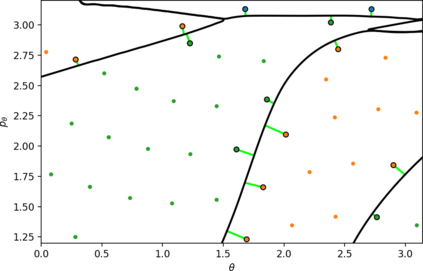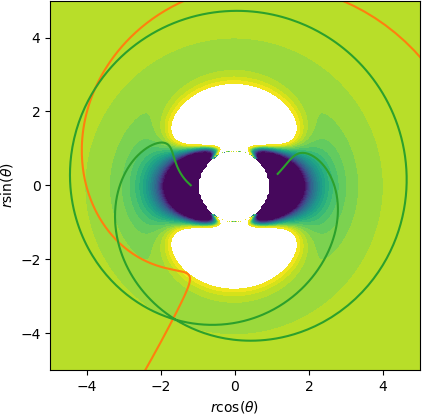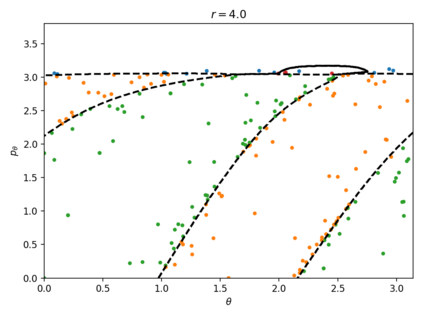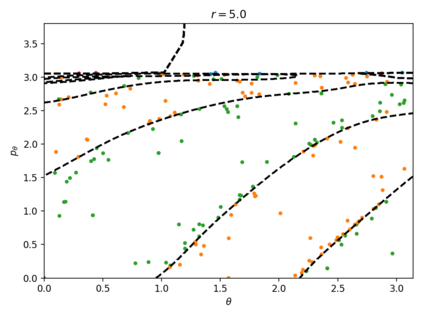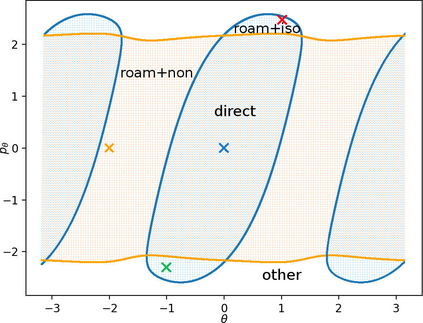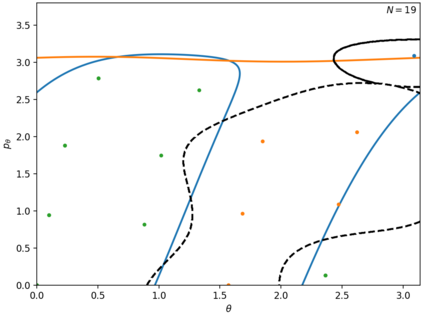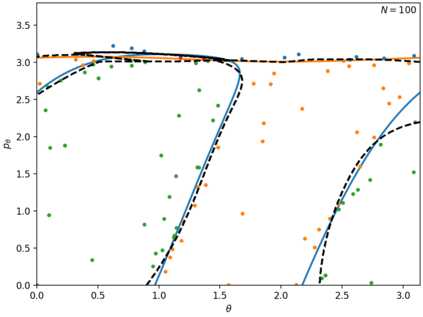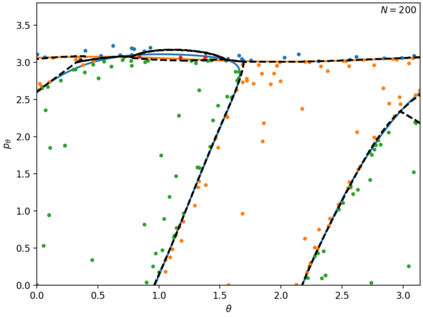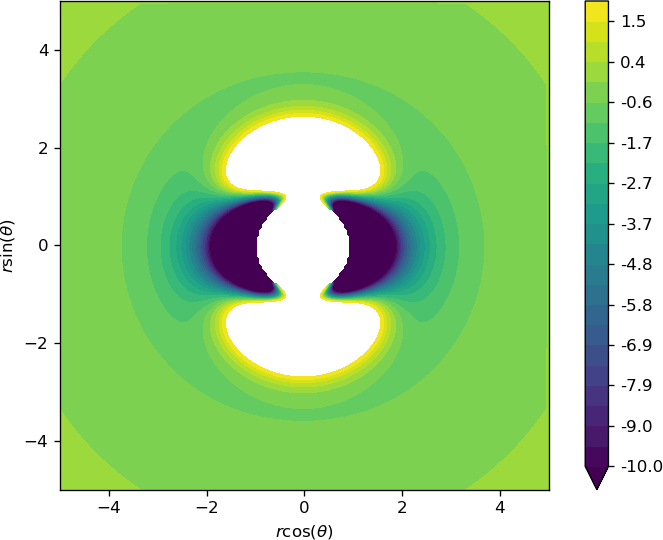In this paper we use support vector machines (SVM) to develop a machine learning framework to discover the phase space structure that can distinguish between distinct reaction pathways. The machine learning model is trained using data from trajectories of Hamilton's equations but lends itself for use in molecular dynamics simulation. The framework is specifically designed to require minimal a priori knowledge of the dynamics in a system. We benchmark our approach with a model Hamiltonian for the reaction of an ion and a molecule due to Chesnavich consisting of two parts: a rigid, symmetric top representing the $\text{CH}_3^{+}$ ion, and a mobile $\text{H}$ atom. We begin with trajectories and use support vector machines to determine the boundaries between initial conditions corresponding to different classes of trajectories. We then show that these boundaries between different classes of trajectories approximate invariant phase space structures of the same type observed in earlier analyses of Chesnavich's model. Our approach is designed with extensions to higher-dimensional applications in mind. SVM is known to work well even with small amounts of data, therefore our approach is computationally better suited than existing methods for high-dimensional systems and systems where integrating trajectories is expensive.
翻译:在本文中,我们使用支持矢量机器(SVM)来开发一个机器学习框架,以发现能够区分不同反应路径的相位空间结构。机器学习模型是使用汉密尔顿方程式轨迹数据进行训练的,但可用于分子动态模拟。这个框架的具体设计是为了要求对系统动态的初始条件有最低限度的先验知识。我们用一个模型汉密尔顿仪来测定我们的方法,以模拟切斯纳维奇的离子和分子的反应,该模型由两部分组成:一个硬的、对称顶部,代表$\text{CH ⁇ 3 ⁇ 3 ⁇ $离子,一个移动的 $\text{H}美元原子。我们从轨迹开始,使用辅助矢量机器来确定与不同轨迹轨迹相匹配的初始条件之间的界限。然后我们表明,不同轨迹类别之间的这些界限大约是切斯纳维奇模型早期分析中观察到的同一类型空间结构。我们的方法设计为更高维度应用的延伸,而一个移动顶部的顶部是高维应用,因此,即使现有系统在高维度上也非常适合工作的方法。


